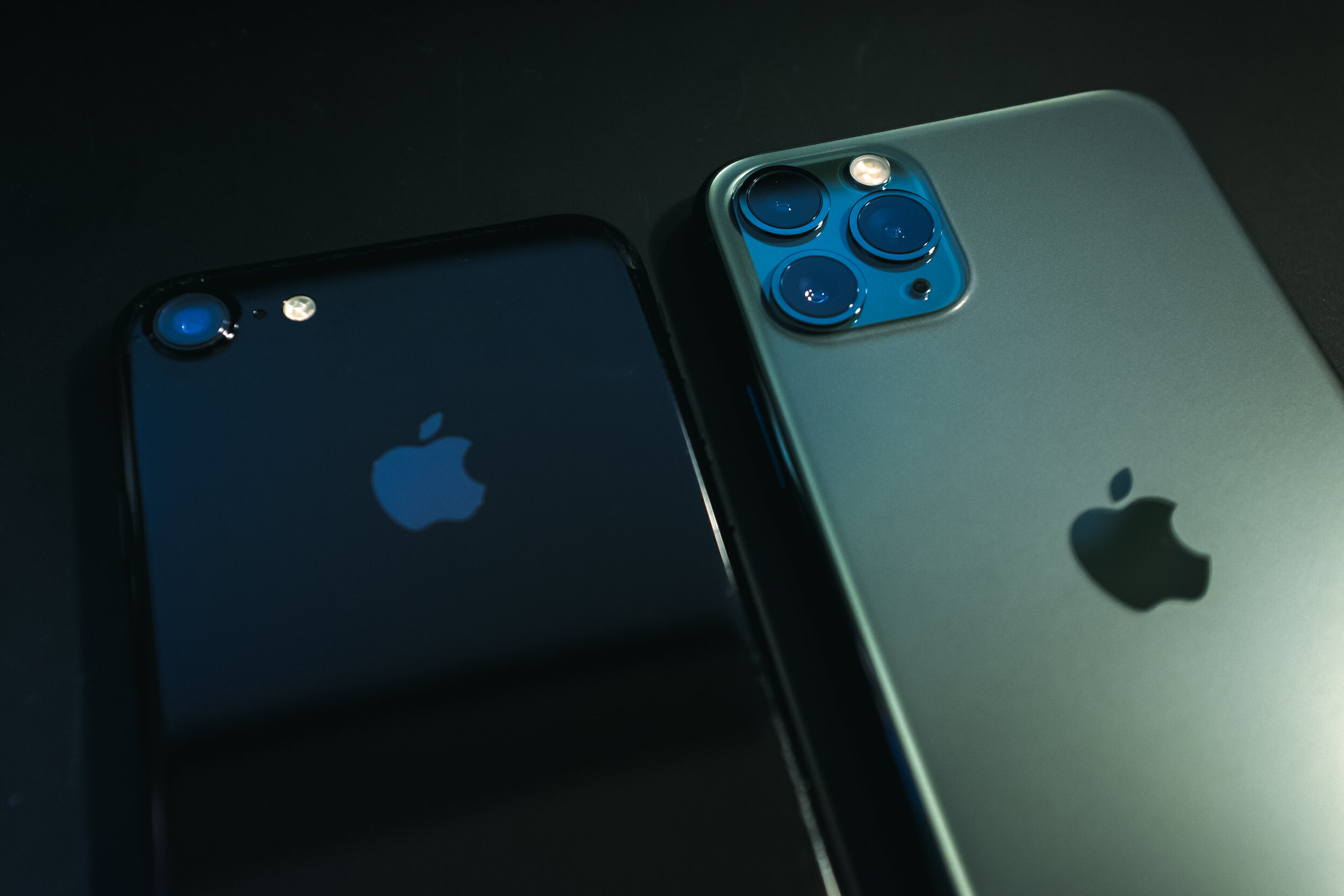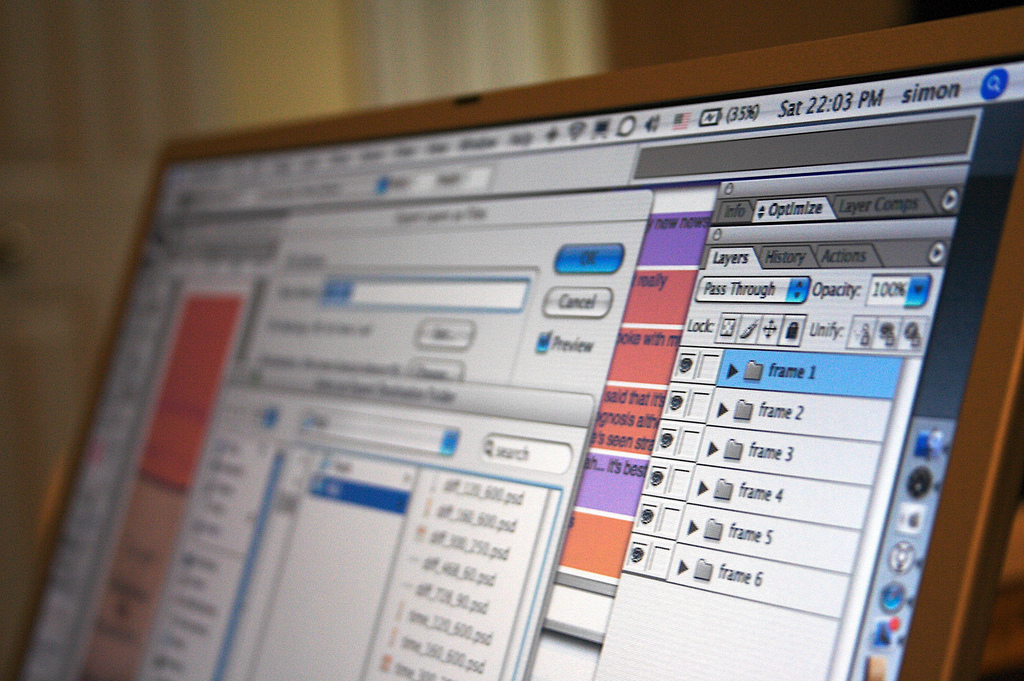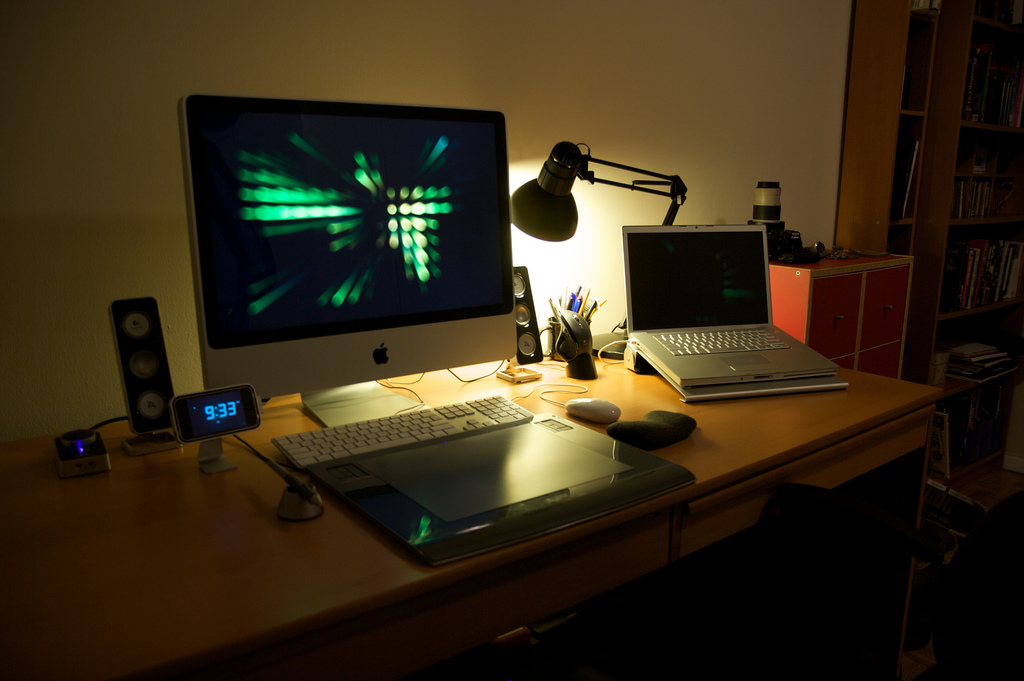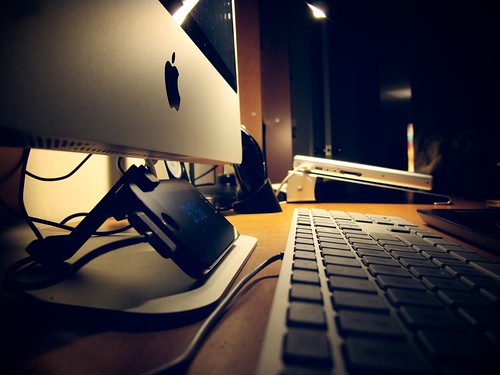That title paraphrases a quip Phil Schiller made when introducing the 2013 MacPro (aka the "Trashcan"). He made that remark in reference to people accusing Apple of failing to innovate in its products since Steve Jobs' death a few years earlier.
We hear the same accusations being made in the tech press every year, like clockwork, when Apple introduces its new iPhones too. I guess any writing criticizing Apple is sure to generate pageviews, so I get it. (Incidentally, nobody reads this blog, maybe I need to change tactics? 🤔)
Anyway, maybe the iPhone 11 and 11 Pro aren't innovative. Many reviews have been written since Apple's new flagships made their debut back in September, and they all make mention of the same form factor, same notch, same Face ID, etc. as the X/XS/XRs that were released in the last two years.
But I'm writing this from the perspective of someone who upgraded to an iPhone 11 Pro from an iPhone 7. From my experience, this new iPhone feels downright magical. The speed, the quality of the images I'm able to make with it; everything about is vaguely reminiscent of what it felt like to go from a Sony Ericsson canybar phone to my very first iPhone back in 2010, just on a less dramatic scale.
The iPhone 7 I upgraded from has absolutely nothing wrong with it, other than some scratches on the finish, and a battery that doesn't hold a charge as long as it used to, which is to be expected from a 3-year-old phone. Given that our devices are getting good enough that they're starting to last this long, I wonder if it isn't time to start writing these reviews with that in mind. Or at least, if we as fans of the technology, start to acknowledge that as we crave the next leap forward in innovation.















